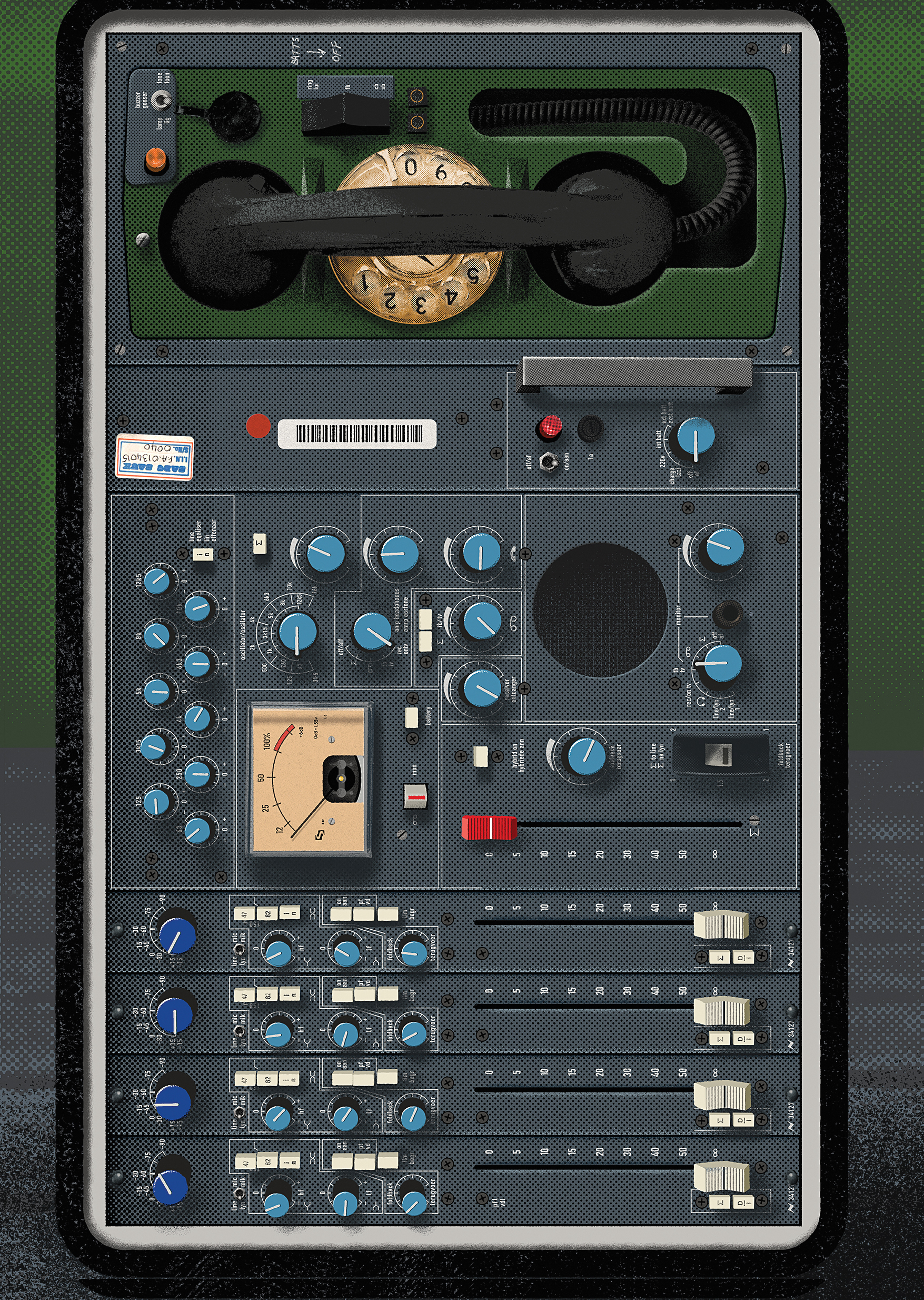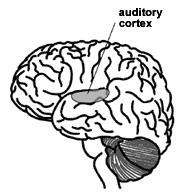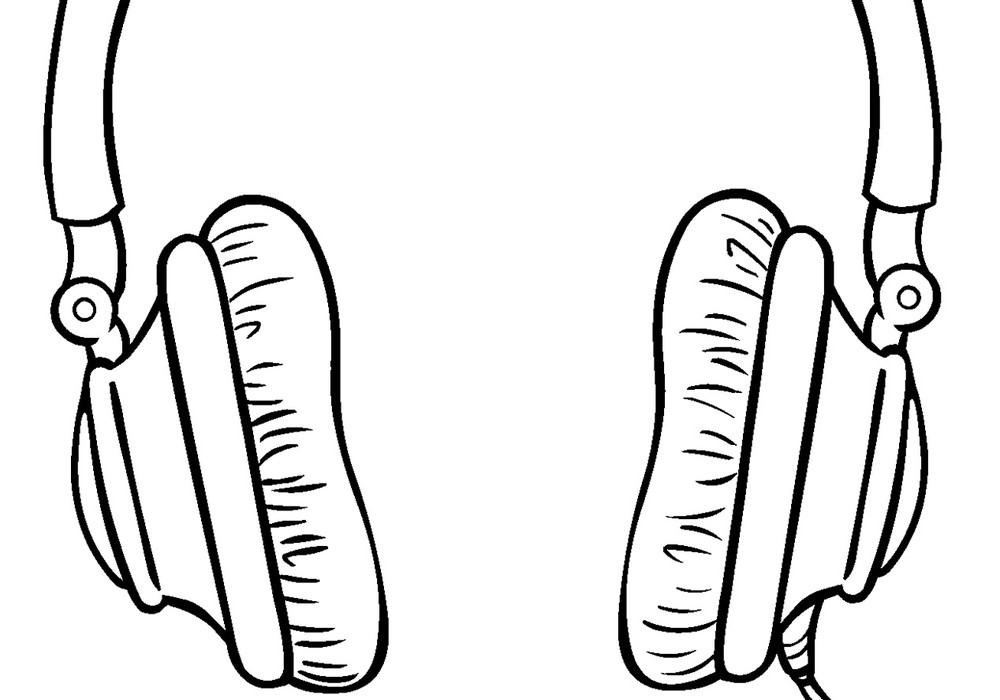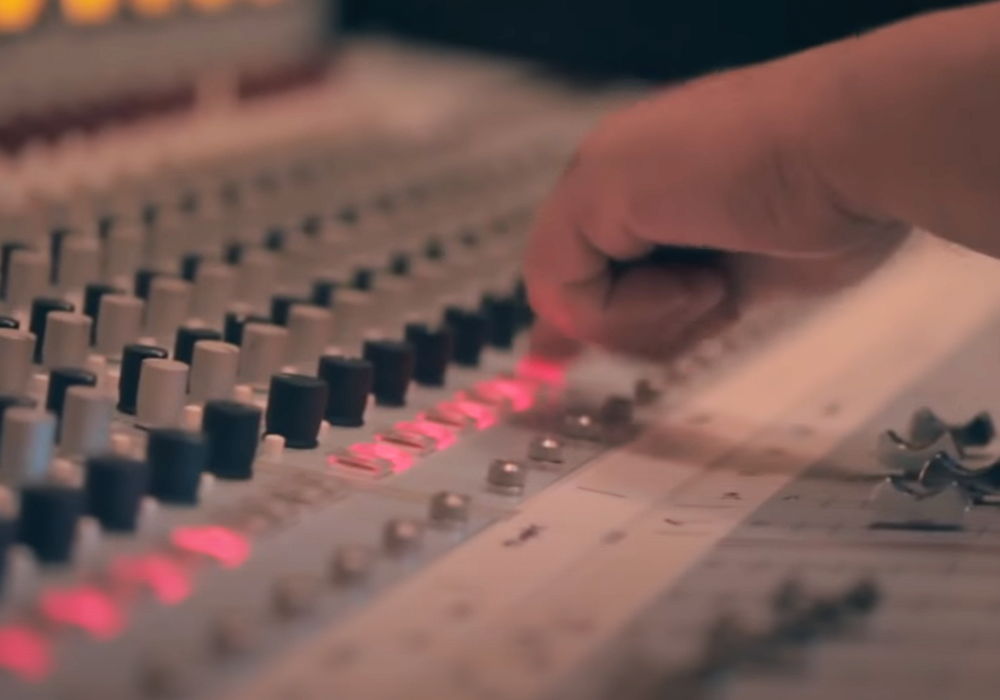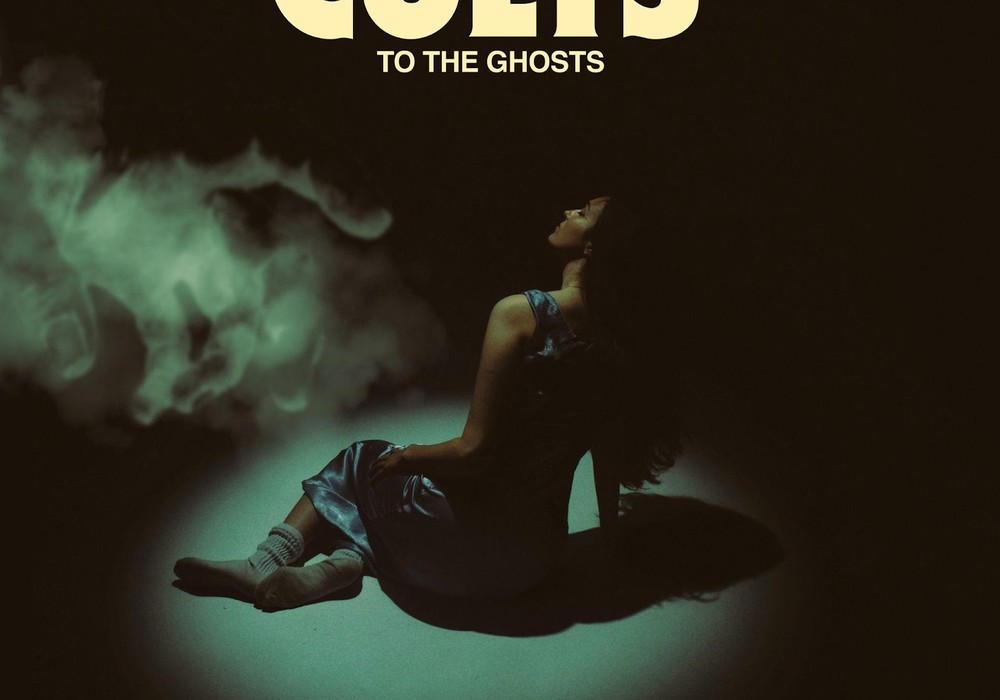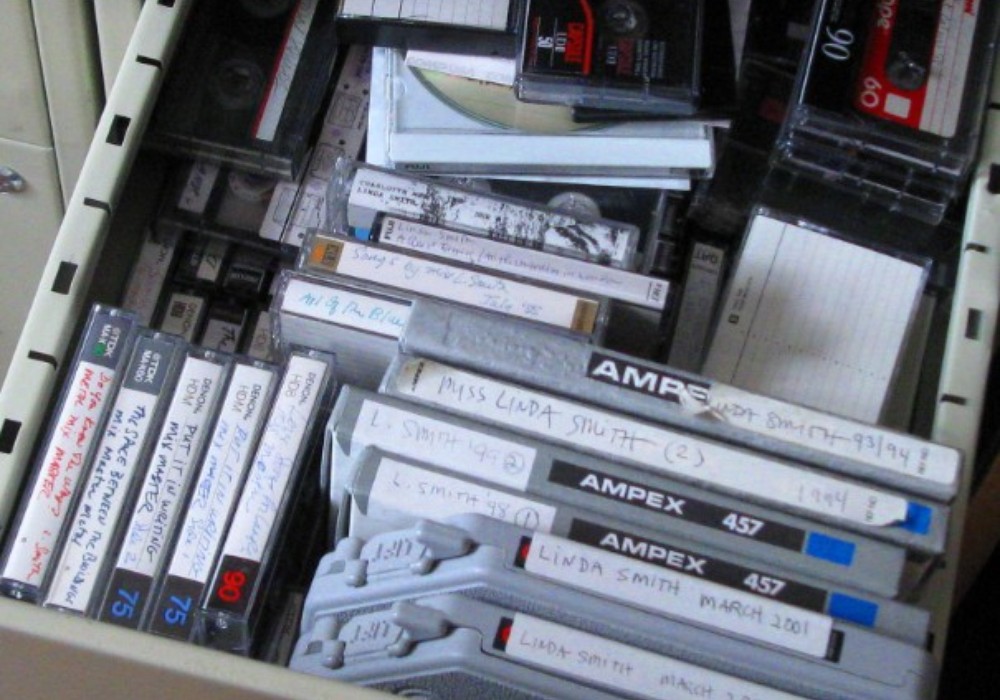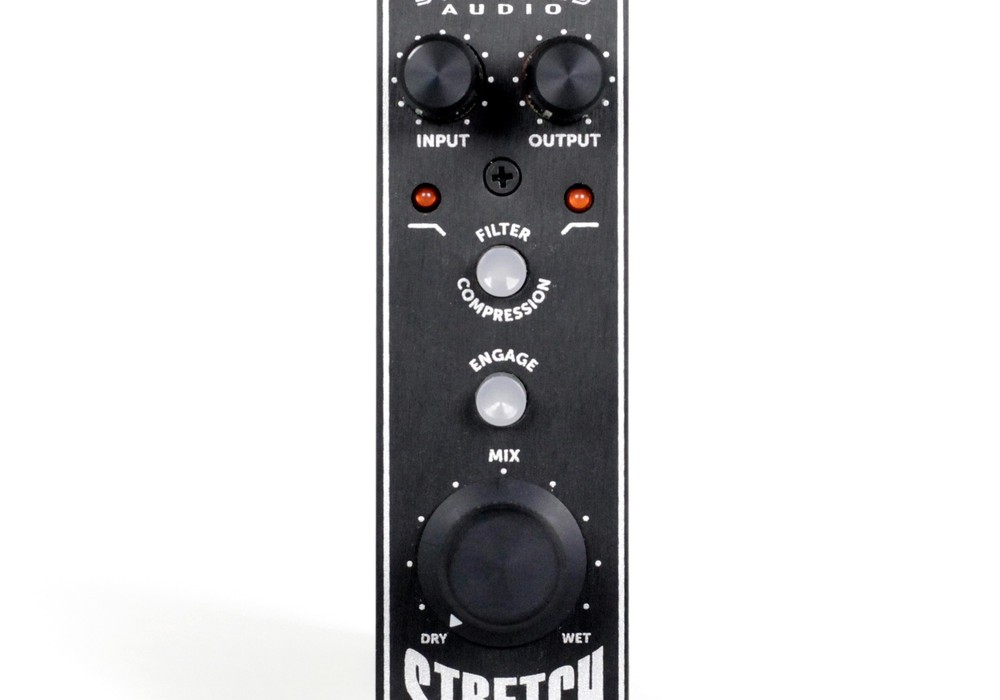I cannot claim to understand the math (the Fourier Unicertainty Principle lies at the heart of the Nyquist-Shannon sampling theorem, etc), but I can see that this study shows that the assumed limits of human auditory perception as figured by the Fourier Uncertainty Principle were too narrow - especially when expert listeners (a pro musician and an electronic music producer) are tested.
Some readers may realize that I'm posting this because of my concerns over the blanket acceptance of AB and ABX testing as the "gold standard" or human perceptual testing. In no way am I claiming that my hunch about AB testing is vindicated by this new paper, but I do think it points to some interesting new areas of research that could reveal more about the limits of human perception, and about the different dimensions of sound (time-based events and frequency based events) that we can perceive and how those dimensions interact.
More pointedly: until scientists devise and conduct more tests like this one, we may need to continue with a skeptical stance toward the application of mathamatical formulas and AB/ABX testing as the end-all of our windows into human perception.
As always, keep a really open mind! The Aesthetic Revolution will be beautiful.
I thank musician and all-around brilliant guy, Brad Williams, for pointing this article out to me.
Read about the new findings here.
